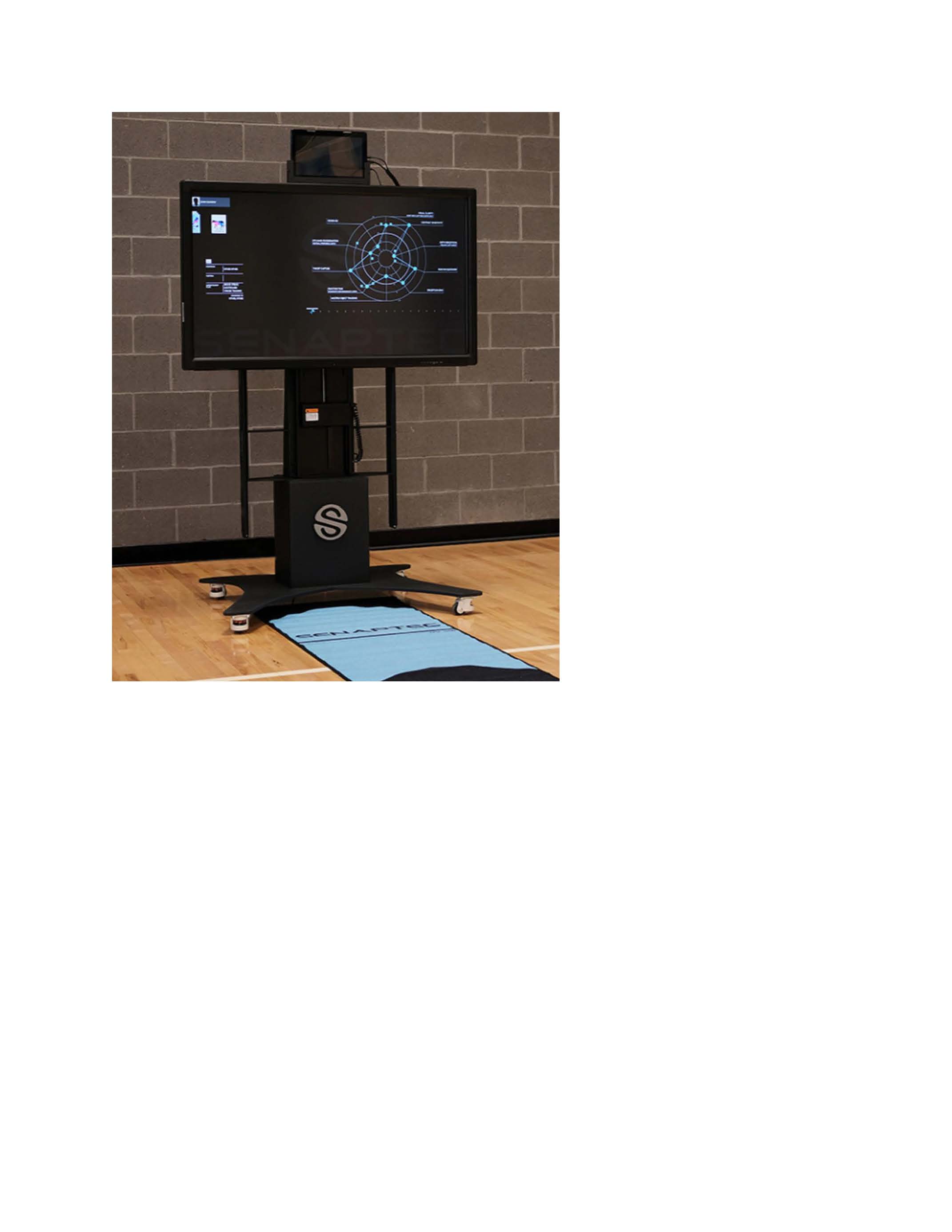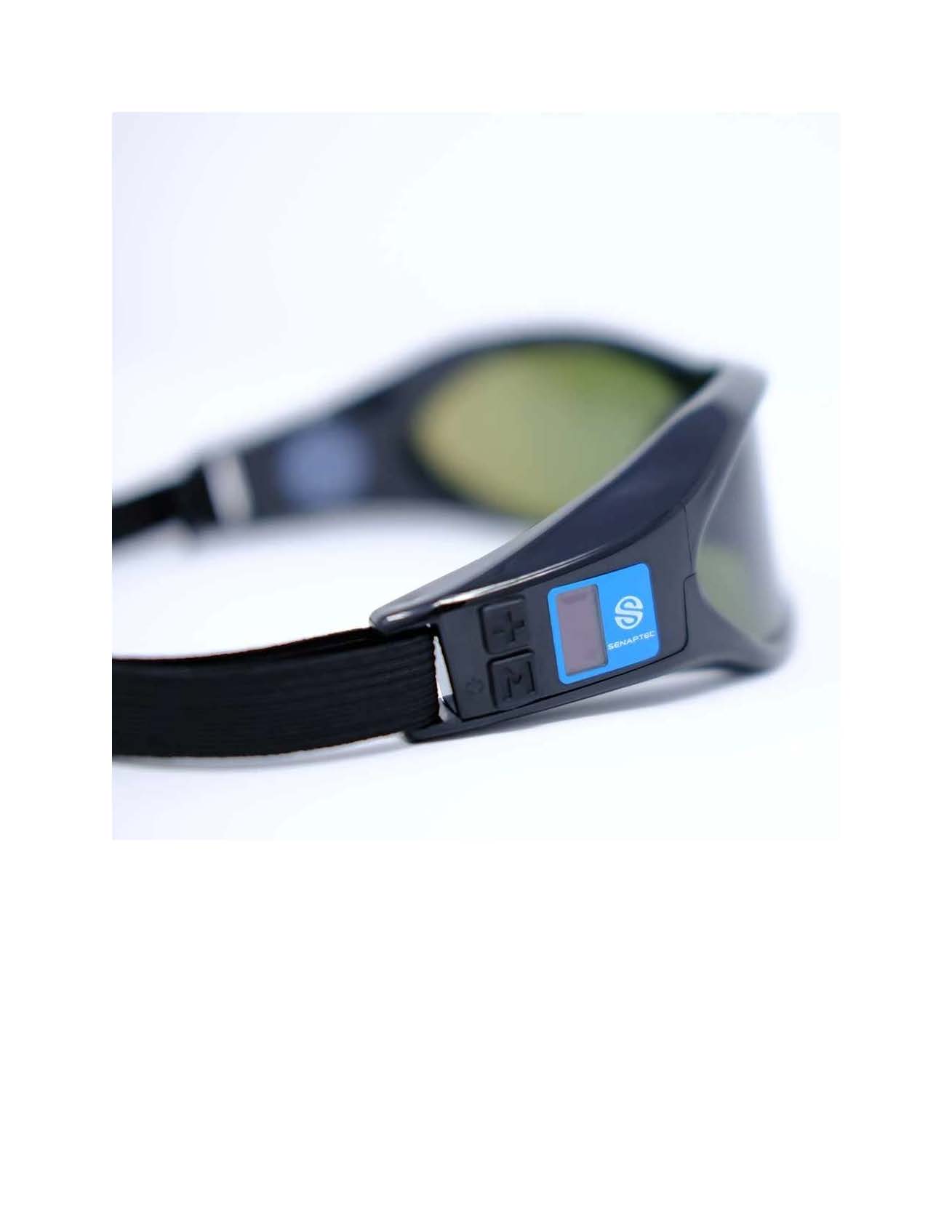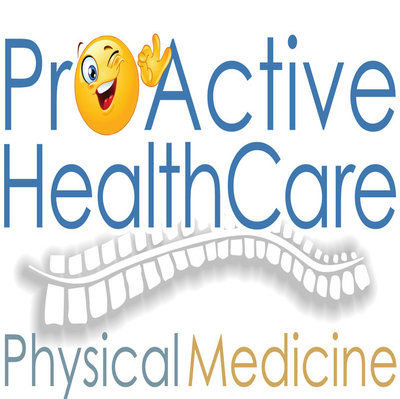Proactive have added the Senaptec Sensory Station to better help our patients. This is the same technology that the Timberwolves, Blackhawks Vegas Knights, Raiders and many NHL, NFL, MBL and colleges use to train their high end athletes.
The Senaptec Sensory Station evaluation shows how the brain relates to the function of the whole body. The visual system is the most complex and pervasive sensory processing system, dominating brain activity. The eyes are truly the window to the brain. We rely on the vision system as a key player in a holistic approach to understanding and healing the body.
The Senaptec Sensory Station evaluation measures visual, cognitive, and visuomotor skills that are impacted by many brain health conditions. Brain diseases may present differently in every person. Senaptec’s assessments establish a broad and comprehensive overview of the brain’s ability to receive, interpret, and respond to the world around them. The ability to baseline visual skills before therapy begins can provide clinicians with a critical benchmark to which brain healing over time can be compared. The sensory exercise modules on the Sensory Station address functions such as visual neglect, visual motor integration, visual field skills, oculomotor control, and the coordination of peripheral / central vision.
The Senaptec Strobe eyewear has preset modes that can be customized with a smartphone app. This gives practitioners the freedom to create customized stimuli to meet your specific needs and/or address any barriers to healing.
The Senaptec App allows you to leverage self-care home rehabilitation and expanding telehealth opportunities by putting the power of our innovative technologies in your home. The customized sensory exercise plan allows your patient to get real-time performance feedback on specific rehabilitation areas you assign. Via a proctor portal, the app utilizes our secure cloud technology to manage the data and allows you to check on your activity and modify training plans as your ability improves
Here are common therapies we use Visual rehab therapy for:
Joint Injury Rehabilitation
When a person suffers a musculoskeletal injury such as an ACL rupture, it is also a neuromuscular injury. The injury causes a change in how the brain generates motion around that joint, and the information it relies on to prevent subsequent injury. The patient becomes more dependent on vision and less on other important proprioceptive stimuli. The recurrence rate of musculoskeletal injuries is high because while muscle strength and range of motion may have been restored, the interrupted neuromuscular pathway has not. It is not uncommon in some pathologies (e.g., chronic ankle instability) for practitioners to address sensory reweighting issues in their patients.
Sports Vision
Before you make a single move in competition or in daily function, every sense is actively engaged and preparing the mind and body for action. Vision accounts for approximately 80% of all sensory information received and processed by the brain and is the primary source of information captured in the sensory organization of the body’s balance and sensorimotor systems. The information then goes through perceptual, decision, and response organization processes before movement even occurs. Eye doctors know this mechanism well and are in the discipline to provide functional and applicable tools and protocols to help the youth athlete to the professional athlete in reaching their potential.
Vision Therapy
The Senaptec Sensory Station evaluation can measure visual, cognitive, and visuomotor skills that could be impacted by visual conditions addressed in vision therapy. The ability to baseline visual skills before therapy begins provides a tool to show improvements gained from vision therapy. In addition to the baseline 10 fundamental vision skills, the modules on the Sensory Station address functions such as visual neglect, visual motor integration, visual field skills, oculomotor control, and the coordination of peripheral / central vision.
TBI & Concussion
The majority of brain function is dedicated to visual processing and those suffering from a concussion will overwhelmingly experience ocular, visual, balance and/or cognitive problems. These difficulties may delay recovery if not adequately addressed. Common concussion symptoms affect eye focusing, eye movements, blurred or double vision, light sensitivity, concentration, and balance.
Stroke
Stroke is a leading cause of disability in the United States. Approximately 2/3 of stroke survivors experience vision impairment. These vision impairments are often a lasting degraded condition with functional consequences. Stroke survivors also experience impaired peripheral proprioception, which can lead to over-dependence on visual information. These losses can result in postural instability and balance loss that adversely affects stroke survivor independence and health outcomes.
Autism
Sensory overload is a common problem experienced by those on the autistic spectrum. Their brains get overloaded by sensory input and can respond in a variety of ways, such as isolating themselves from the environment or erratic motion or even violence. Teaching a person on the autistic spectrum to handle the sensory input is fundamental for all other learning and growth. When someone on the autistic spectrum is calm in their sensory environment, they can better interact and learn.
Parkinson's Disease
Visual impairment is common in Parkinson’s disease and deficits impact mobility, balance and ultimately increases falls risk. Visual deficits range from decline in basic visual function and oculomotor control, to more complex visual issues. All deficits limit independence and reduce quality of life. Recognizing visual disorders and implementing tailored interventions is essential to enhancing visual function, balance, and preventing falls in Parkinson’s disease patients.
Please call us to set up an evaluation that takes less than 15 minutes. You will see how your vision and reaction times compare to professional athletes. Software will also recommend what you should work on personally.
I hope to give me patients the best care out there.
Dr. Nate Burdash
https://www.senaptec.com/


Enter content here...




